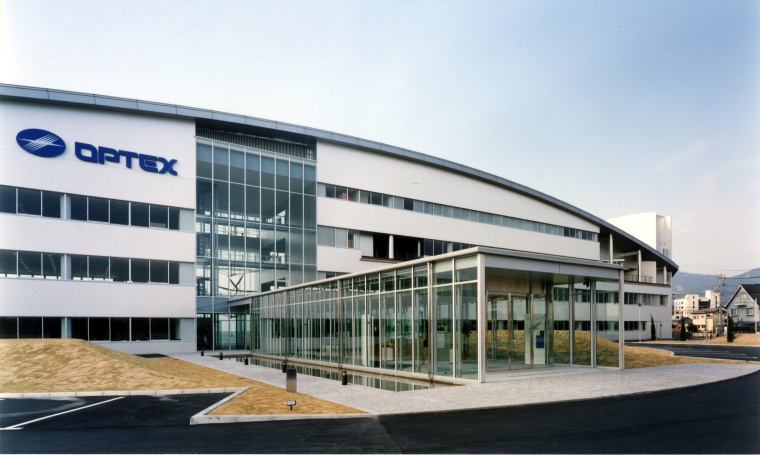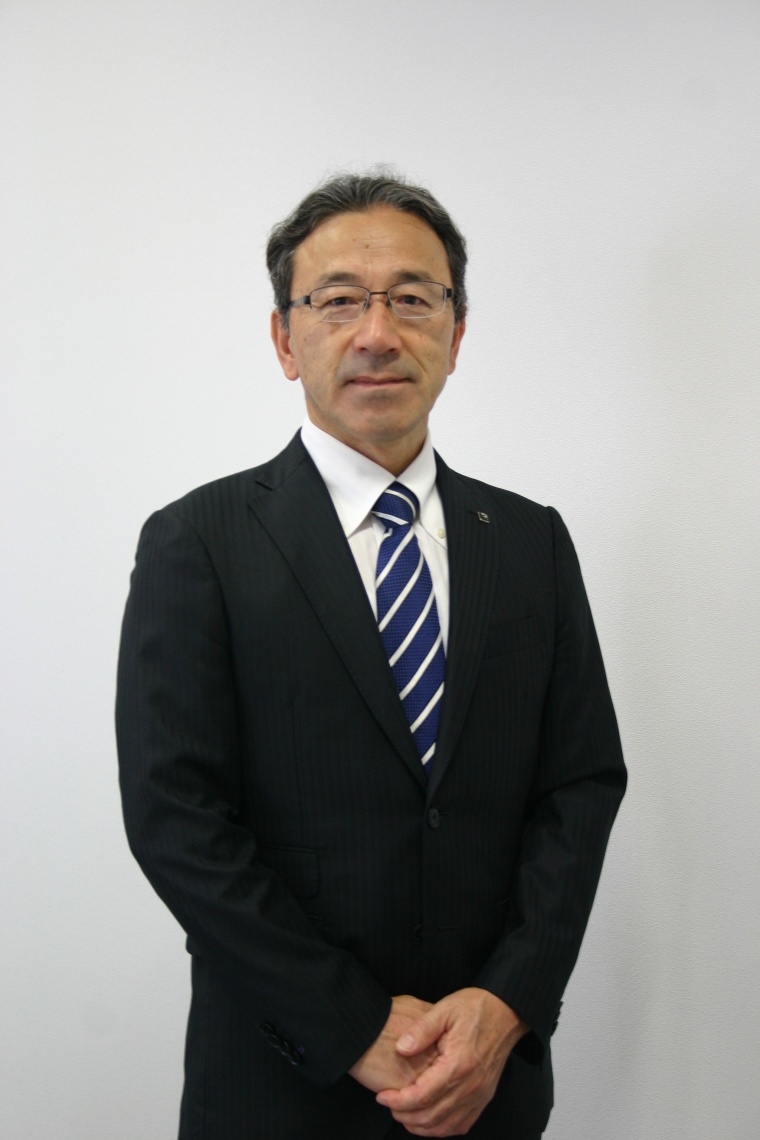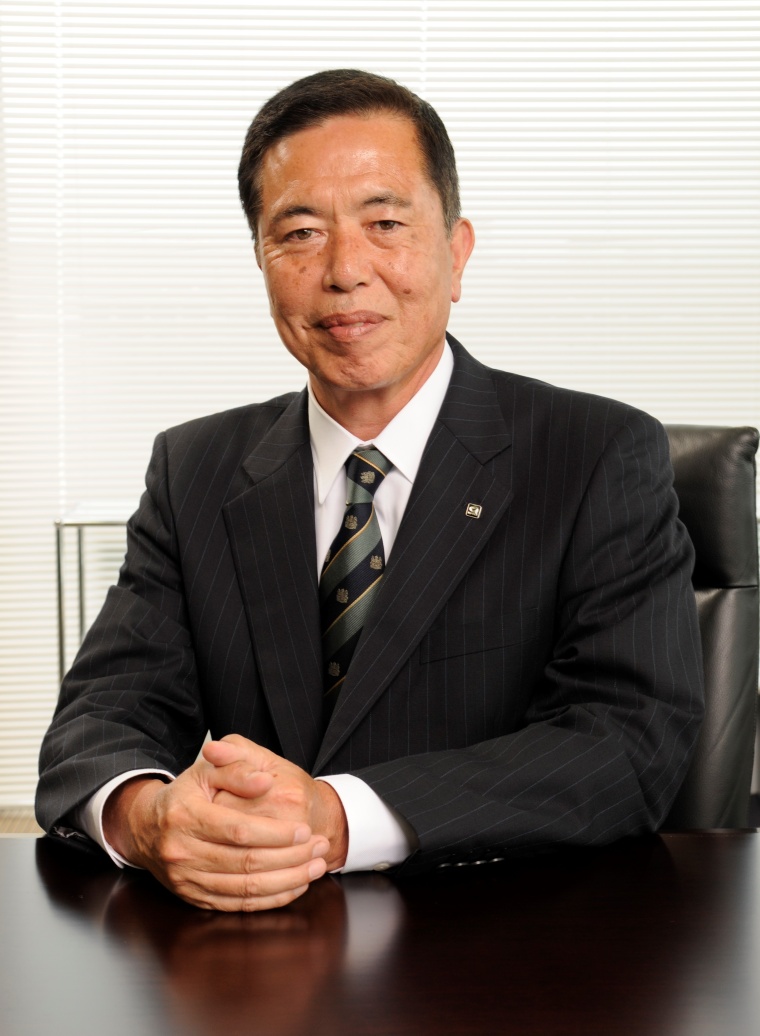It Started with a Vision: Optex Celebrates 40 Years Anniversary
It was 40 years ago, in a coffee house in Kyoto, that the idea of Optex was born. Toru Kobayashi, an electronics engineer, and three like-minded colleagues shared a vision for a ne...



It was 40 years ago, in a coffee house in Kyoto, that the idea of Optex was born. Toru Kobayashi, an electronics engineer, and three like-minded colleagues shared a vision for a new business, a business that had sensing technology at its heart, precision technology that could detect the ‚status‘ and ‚changes‘ of people and things. Their vision became reality on May 25, 1979. Fast-forward to 2019, and this vision is still as important today as it always was, and Optex has established a deserved reputation for excellence.
Today Optex is a world leading manufacturer of high performance sensing technologies, trusted by thousands of customers worldwide for the accuracy and reliability of its detection systems. We have interviewed Toru Kamimura, President of Optex Japan, who is head of the Security division, about the history and the future of the company.
GIT SECURITY: What was the vision of the founders?
Toru Kamimura: Optex was established in 1979, setting as its goal of ‚contributing to the creation of a safe, secure and comfortable society and industries with sensing technology which enables the precise detection of the ‚status‘ and ‚changes‘ of people and things‘. The vision still remains today and the idea is to solve challenges by using sensing technologies. It has led Optex to create some exciting solutions for a number of niche applications.
You mentioned that some of the original ideas found their way into the company culture and are still valid across the whole organisation. How did this happen?
Toru Kamimura: We use a locomotive analogy to explain our culture: rather than the management driving the team, we actively encourage the team to drive the engine forward. It is a collaborative and entrepreneurial culture, and one that empowers every employee to have the same dreams as the original founders. The founders’ vision is about developing employees as individuals, to build their own skills and talents, and to make a positive contribution to the wider society.
If you were to name three key technological achievements, what would they be?
Toru Kamimura: Optex’s competitive advantage has always been around its sensing algorithm know-how. The know-how built up through many years of field-based technological development is our most valuable asset, and central to the evolution of its Far-Infrared, Near-Infrared and Laser sensor technologies which we would identify as the three key technological achievements since we started the business.
In those 40 years, what has been for you the biggest change to access control and intrusion detection?
Toru Kamimura: the biggest changes have been around wireless and IP technology. Home security systems have evolved from wired to wireless, and IP based systems have become popular with widespread use of IP cameras. One of the first significant changes in the electronics industry has been the development of digital technology, which has enabled our R&D teams to develop new detection algorithms and analytics that make our sensors signicantly ‘smarter’ and more ‘intelligent’. Today we are using machine-learning and artificial intelligence software to further enhance our detection algorithms and make them even more “automated”. The development of video cameras and visual devices to monitor and analyse events and the development and dominance of IP security systems versus analogue have shaped the industry. These two changes have led to the development of more ‘connected’ devices, integrating our systems into wider video surveillance and video monitoring solutions.
How has that change impacted your company?
Toru Kamimura: Optex was one of the first one to bring wireless sensors to the market in 1983 and we have since been sucessful in bringing new indoor and outdoor wireless sensors onto the market. A key factor to this success is the very low energy consumption of our sensors making them last longer. Optex is also working closely with wireless alarm panel manufacturers to provide a easy to install and reliable home security systems. With the increasing popularity of CCTV, Optex added to its portfolio with the acquisition of the Redwall brand in 2001. Redwall has become synonymous with long-range precision detection and has benefited from further investment from the Optex R&D team to integrate with the latest generation Video Management Software (VMS) platforms. More recently, we have been partnering with a number of complementary technology businesses to ensure its future generation, laser scanning detectors (LiDARs) and IP sensors are integral to current and future generation VMS and PSIM-led solutions.
What kind of impact do you think had Optex in the world?
Toru Kamimura: Our sensors and sensing technologies are implemented in many industries to improve everyday lives, like our automatic door sensors. Many automatic door manufacturers are using our sensors and it wouldn’t be surprising that the door of the next shop, office, hotel, hospital or leisure center you visit will be triggered and opened by one of our devices. On the security side, our outdoor sensors are keeping thousands of home and business owners safe from intruders. The last ten years has seen a significant growth in high security and critical infrastructure projects, protecting the perimeters of utilities, airports, distribution and data centers and government buildings.
How do you see the future for Optex?
Toru Kamimura: Our future is to carry on solving problems by using sensing technologies. We are working at making our sensors a more active part of the overall solution by adding more intelligence, connectivity, easier integration, visual verification and stronger communication protocols.
What are the key goals for Optex in EMEA in the next 3 years?
Toru Kamimura: Optex Europe EMEA is the sales, marketing and technical support structure for the security products while our office in Netherlands is the HQ for the entrance business. On the security side, our key goals for the next three years are to carry on supporting our core business with distribution by providing more localised sales, technical and marketing, support throughout the region. Developing the project business for higher security sites and critical infrastructure is another goal, that requires working closely with the project teams of our distributors as well with consultants and system integrators, providing support for site visits, system design and help with commissioning. We will strengthen our existing technical alliance partnerships, and developing new partnerships remains a key focus for us in the next few years. To provide the right solution to the end-users it is essential that different components of a security system not only talk to each other seamlessly but also that the integrity of the system cannot become compromised. This means ensuring that the performance of every device on the system is monitored and that the communication protocol is safe. We will carry on working closely with our VMS, PSIM and Camera Manufacturer partners to ensure this.
Will you expand your offering?
Toru Kamimura: Visual verification has a been an area of activity for us for many years. Our REDWALL long range PIRs and LiDARs help to create an event driven-solution for security systems being either monitored locally or remotely by Remote Video Response (RVR) centers. We are now extending our offering by providing additional products and solutions for visual verification. Two new solutions are being brought to the market to help us on the way: one solution combines a camera and outdoor sensor to provide a self-monitored visual verification for residential premises; the other provides a way to bring CCTV and intrusion system together in monitored residential or commercial sites where both were previously working separately.
Business Partner
OPTEX SECURITY B.V. (EU office)Mercuriusplein 1, Pharos Frame offices – 1st floor
2132 HA Hoofddorp
Netherlands
most read

Dormakaba: Smart Access with Spatial Experience
Smart Access at The Henderson Enabled by dormakaba Access Solutions

Assa Abloy's battery-powered Aperio KL100 secures lockers
Boost workplace security and operational flexibility by securing more than just doors.

Is Your Venue Ready for Martyn’s Law?
Martyn’s Law demands stronger security by 2027. Is your venue prepared to protect and respond?

GIT SECURITY AWARD 2026 - The winners have been announced!
GIT SECURITY AWARD 2026: The best safety and security solutions of the year - now an overview of all winners








